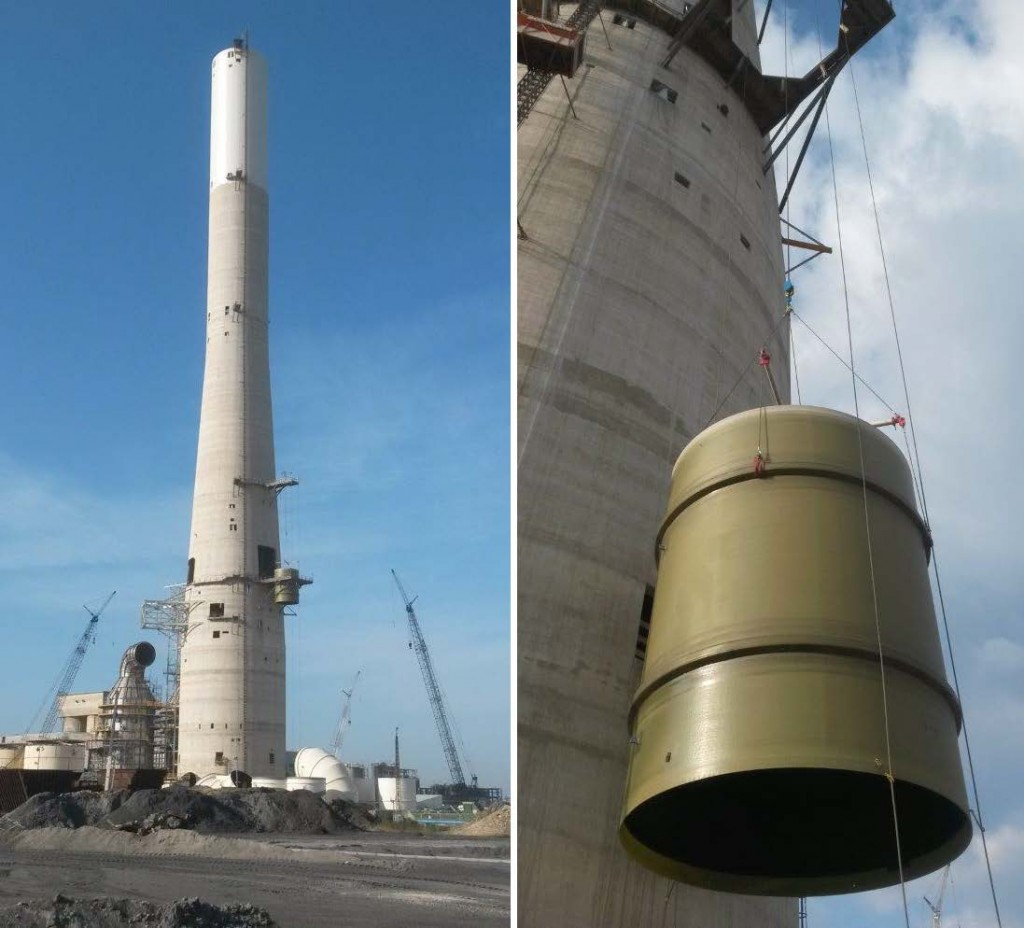Introduction to composite materials
Composite materials are a combination of materials, made from two or more constituent materials – the matrix and the reinforcement. These constituents, with significantly different physical and chemical properties, when combined, produce a composites with superior qualities. The individual components remain separate and distinct within the finished structure.
The new material has beneficial properties such as strength, chemical resistance weight and cost, compared to other materials.
Composite materials can be constructed with a wide range of reinforcing materials such as carbon fibers, Aramid fibers, glass fibers, boron fibers, basalt fibers, ceramic fibers and others.
Many commercially produced composites use a polymer matrix material typically called the resin solution. There are many different polymers available depending upon the starting raw ingredients. There are several broad categories, each with numerous variations. The most common are known as Polyester, Vinyl-ester, Epoxy, Phenolic, Polyamide, and others.
Unlike most other materials of construction, the composite material for each application is created, from its resin and fiber components, in the course of fabrication of the end-product. Special skills are required in order to achieve both perfect material and perfect end-product.
FRP is a wide range of advanced materials and widely used today in the industry due to their preferable properties. These versatile material systems have become a part of every field of application, such as:
Corrosion resistance applications, marine, sports, automotive, transportation, mining, aerospace, military applications, electrical, water and sewage treatment, off-shore applications, construction, civil infrastructure and others.
Specialized expertise is an essential key for successful projects employing composites, supporting the design, fabrication, inspection, testing and installation. Such professional support assures technical and commercial project success.

 עברית
עברית